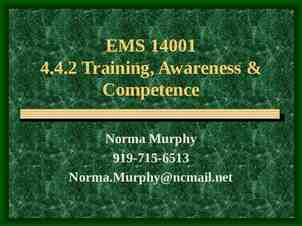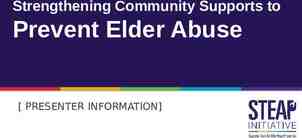Cooking for First Class
12 Slides155.05 KB
Cooking for First Class
Eating Healthy Balancing Calories Enjoy your food, but eat less. Avoid oversized portions. Foods to Increase Make half your plate fruits and vegetables. Make at least half your grains whole grains. Switch to fat-free or low-fat (1%) milk. Foods to Reduce Compare sodium in foods like soup, bread, and frozen meals ― and choose the foods with lower numbers. Drink water instead of sugary drinks.
Good meal ideas Breakfast Oatmeal, powdered milk, dried bacon, fruit Scrambled eggs, vegis, canned meat, toast Lunch Pre-made sandwiches with fruit Cup-of-soup if need the heat and are hiking Dinner Spaghetti, sauce, parmesan cheese, freeze- dried hamburger Frozen stew, rolls
Choosing a healthy menu
Keeping the food from going bad Choose food which keeps well Freeze dried Packaged food (canned meat) Slow/non-spoiling – cheese, salted butter, noodles Use dry ice/ice/chests to keep food temporarily Use spoilable food first
Food handling
Pack in/Pack Out Minimize packaging In the wilderness, you need to pack out even food shards from dishes Ziplock with food become ziplock with trash
Campout type affects menus For car camping, heavy pots, dutch ovens, coolers, lots of packing is fine. Focus on quality and nutrition For backpacking, every ounce counts. Focus on calories, carbs (energy) and salts (you need to replace salt lost in sweat). Top Raman actually has a purpose when backpacking. Lunches on the trail should not be cooked unless need the heat to keep warm.
Gear
Plan for scouts who want to do the 1st Class requirement Put together menu for breakfast/lunch/dinner by September 10th meeting. Have first draft of form filled out. September 10th meeting we will figure out who is cooking and who is eating. Final shopping list will be finished at meeting, and will be split between cooks and eaters. Each scout will go home with shopping list. Each scout will pack in the food they purchased.
Getting the Ingredients
Cooking the meal

















